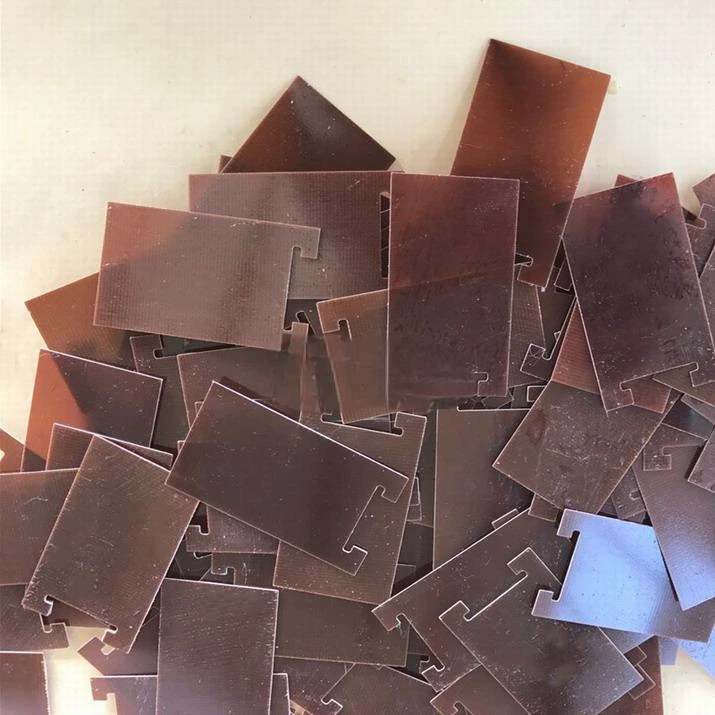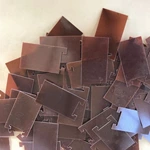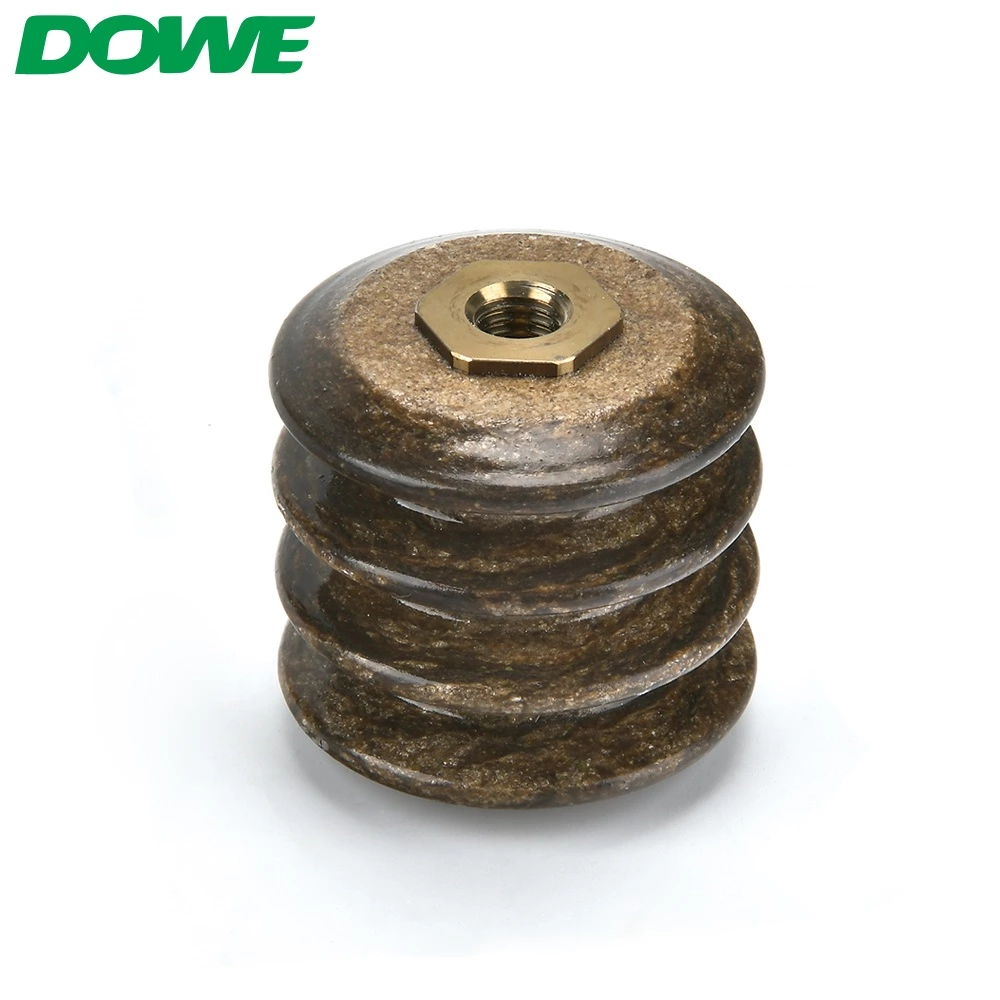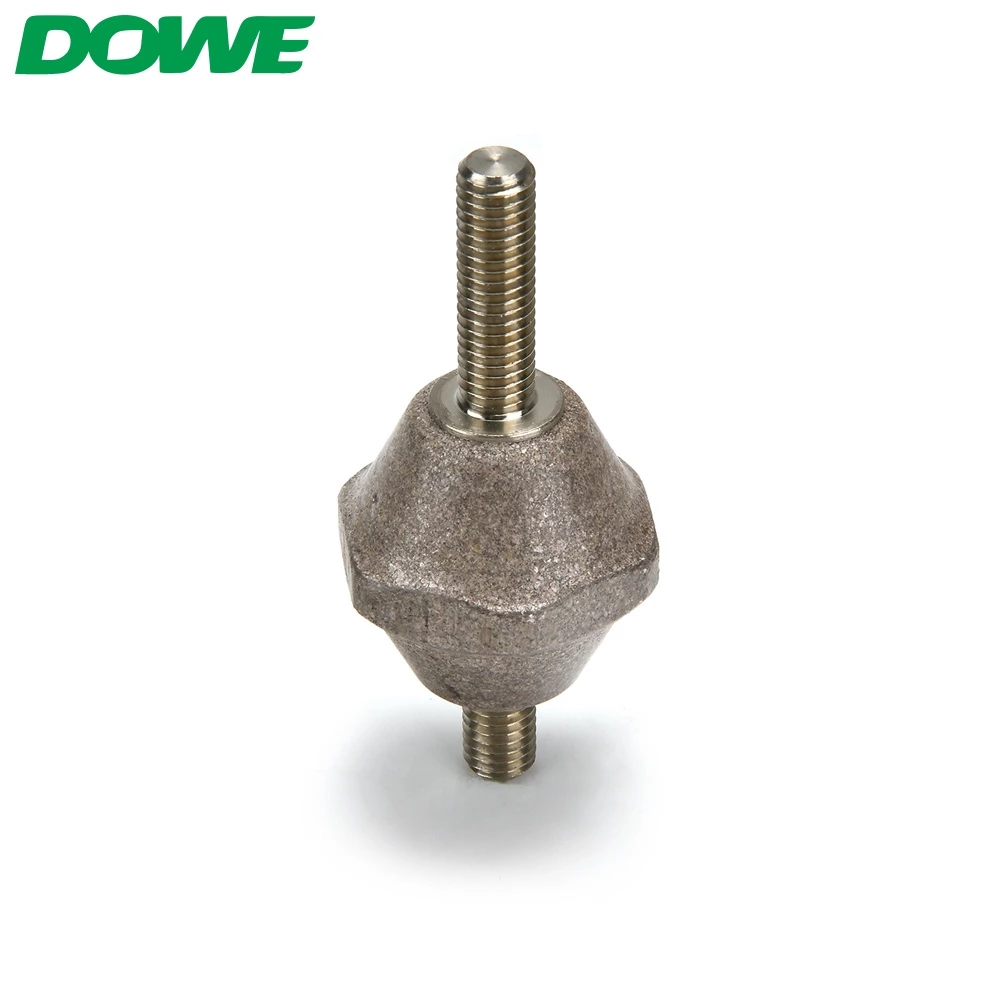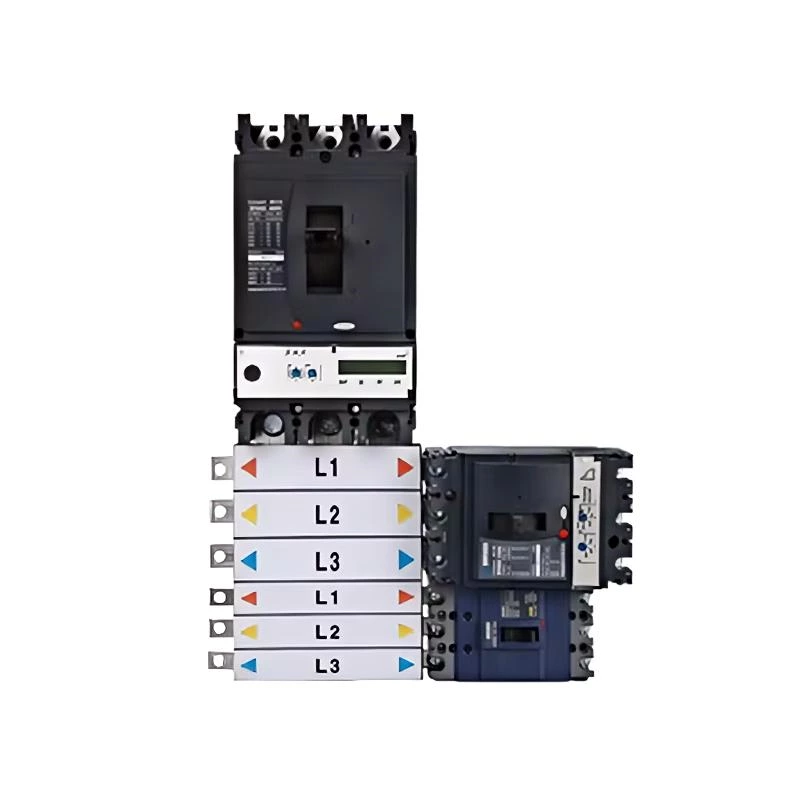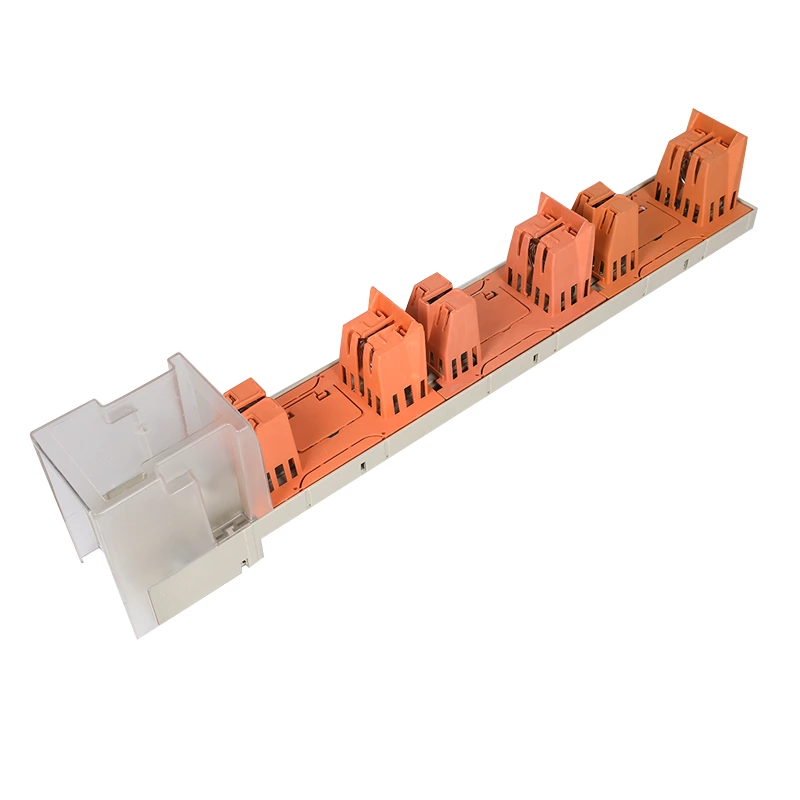Polyimide Insulation Board
Polyimide insulation board offers exceptional heat resistance (200°C), low thermal expansion, and radiation resistance. Used in aerospace, electronics, and high-tech fields.
1. Features of Polyimide Insulation Board
The polyimide insulation board is a heat-resistant product with an extremely low thermal expansion rate and excellent resistance to radiation.
Base Material: Glass Fiber Cloth
Temperature Resistance: 200°C
Flame Retardant: Yes
Polyimide (PI) boards are known for their high-temperature resistance, high radiation resistance, and superior physical and mechanical properties. They can be synthesized using various methods and shaped through different processes. Due to these properties, they are widely used in high-tech fields such as aerospace, electronics, mechanical engineering, chemical industry, microelectronics, instrumentation, petrochemicals, and metrology. They have become an indispensable material in cutting-edge technology fields like rockets and space exploration. Additionally, incorporating glass fibers, graphite, or boron fibers into PI can enhance its hardness and strength, making it suitable to replace metals in manufacturing jet engine structural components. PI resin filled with graphite or PTFE (polytetrafluoroethylene) can be used as a self-lubricating material, and with the addition of wear-resistant fillers, it can be used to manufacture high-temperature brake pads.
2. Characteristics of Polyimide Insulation Board
Polyimide (PI) is widely recognized and applied for its unique combination of high-temperature resistance, oxidation resistance, radiation resistance, corrosion resistance, moisture resistance, high strength, high modulus, and excellent dielectric properties.
Applications: As a high-performance advanced material, PI is rapidly expanding in applications across mechanical, electrical, instrumentation, petrochemical, and metrology fields. It has become an essential material in cutting-edge technology sectors such as rockets and space exploration.
3. Technical Parameters of Polyimide Insulation Board
| Test Items | Unit | Processing Conditions | Fiberglass Cloth | |
| Parallel Layer Breakdown Voltage | kv/mm | C-90/20/65 | 15 | |
| Vertical Layer Breakdown Voltage | kv | O-0.5/90 | 15 | |
| Insulation Resistance | Normal Conditions | MΩ | C-90/20/65 | 108-109 |
| After Boiling | MΩ | C-90/20/65 +D-2/100 | 103-105 | |
| Volume Resistivity | MΩ-cm | C-90/20/65 | 108-1010 | |
| Surface Resistivity | MΩ | C-90/20/65 | 107-109 | |
| Dielectric Constant (1 MHz) | ― | C-90/20/65 | 4.4-4.6 | |
| Dielectric Loss (1 MHz) | ― | C-90/20/65 | 0.010-0.015 | |
| Arc Resistance | sec | A | 110-130 | |
| Electrical Wear Resistance | V(CTI) | A | 150-250 | |
| Flexural Strength | Vertical to the Layer Direction | MPa | A | 440-540 |
| Compressive Strength | Perpendicular to the Layer Direction | MPa | A | 490-540 |
| Parallel to the Layer Direction | MPa | A | 350-400 | |
| Tensile Strength | MPa | A | 250-300 | |
| Young's Modulus | MPa | A | 24500-27440 | |
| Bonding Strength | kN | A | 9.0-10.0 | |
| Rockwell Hardness Measurement | HR-R | A | 118-122 | |
| Izod Impact Strength | In-Plane Direction | J/cm | A | 5.9-6.9 |
| Appearance After Heating | ℃/2hr | A | 200 | |
| Water Absorption Rate (Thickness 1.0 mm) | % | E -24/50 +D-24/23 | 0.10-0.30 | |
| Specific Gravity | ― | A | 1.90-2.00 | |
| Coefficient of Thermal Expansion | Through-the-Thickness Direction | 1/℃ | RT~ 200℃ | 4.0×10-5 |
| In-Plane Direction | 1/℃ | RT~ 200℃ | 8.5×10-5 | |
| Flame Resistance | UL-94 Method | ― | C-48/23/50 &E-168/70 | |
| Railway Vehicle Fire Test | ― | A | ||
